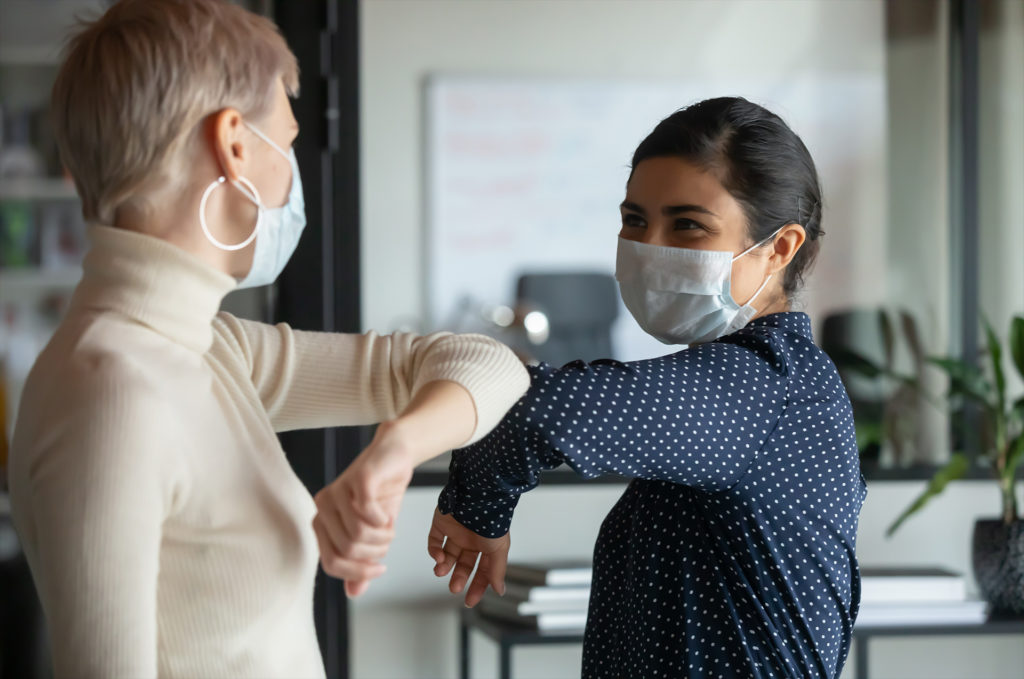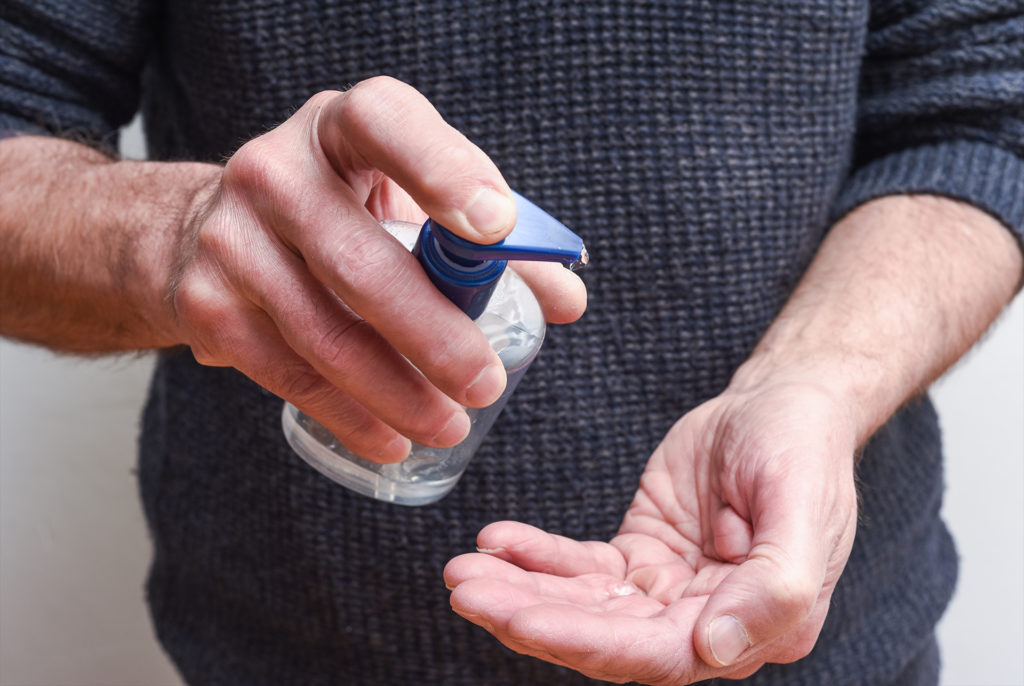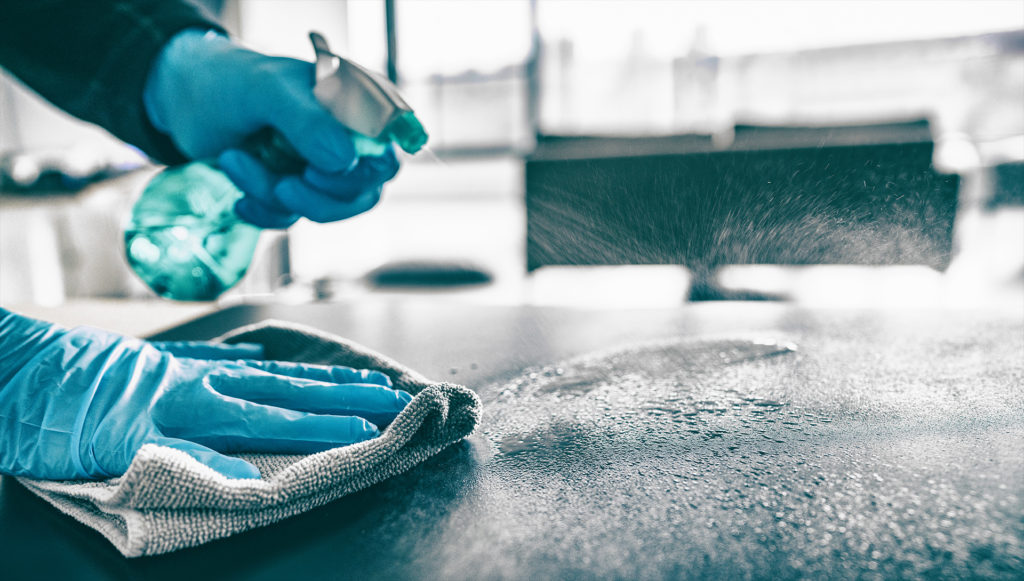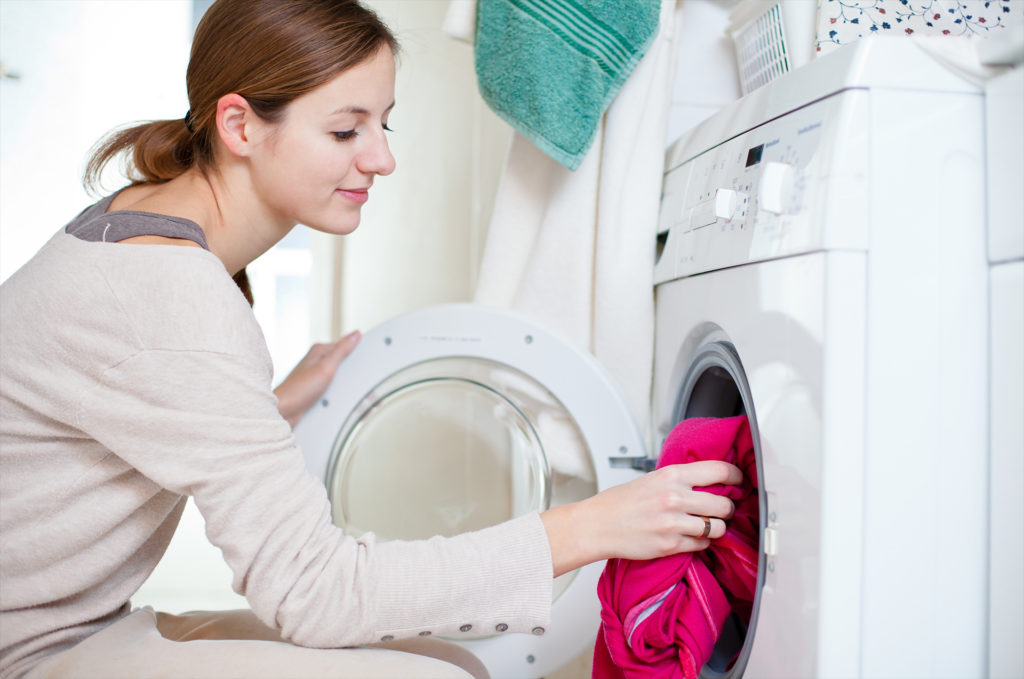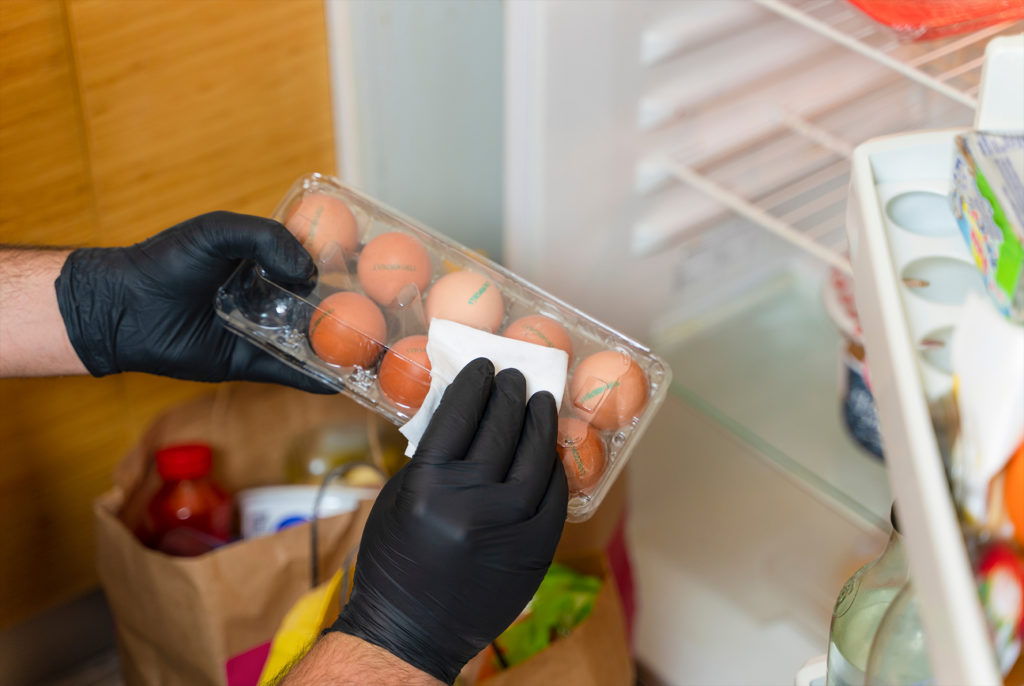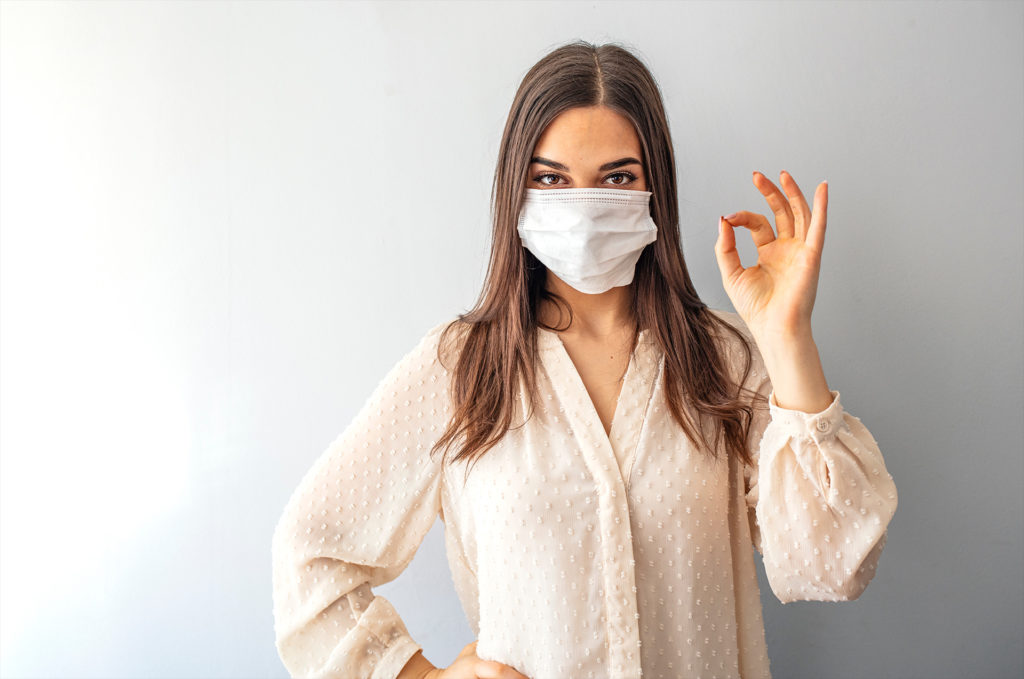We Show You How To Clean Like A Scientist To Avoid The Risk Of COVID-19
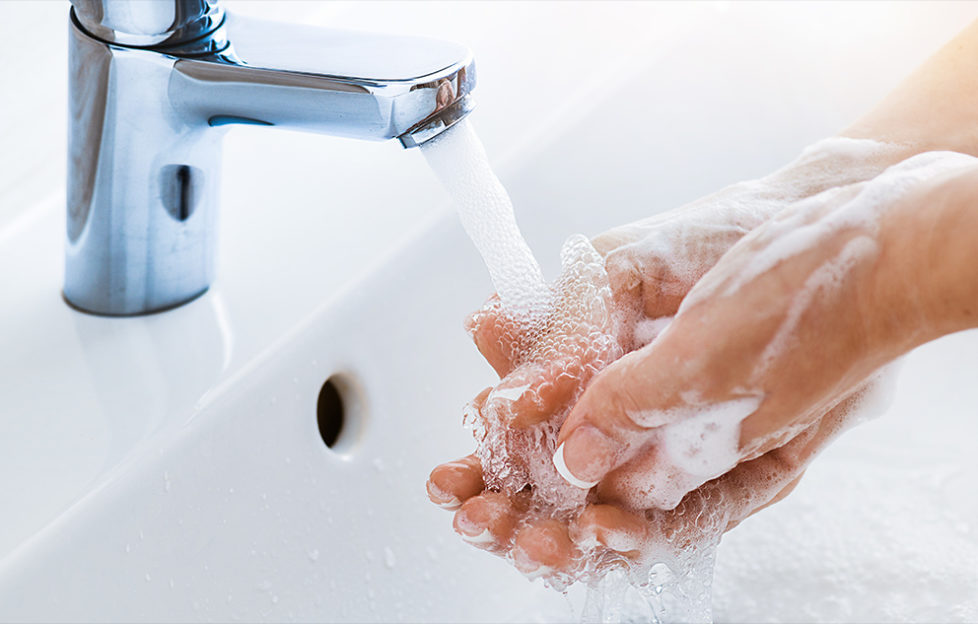
As fears of regional second lockdowns start to hit, a contamination expert has warned we all need to be more vigilant.
Joe Govier, founder of Connect 2 Cleanrooms, has ten top tips people can follow in their own homes to reduce the risk of spreading COVID-19. His firm manufactures and installs cleanrooms – zones which are kept completely sterile – in hospitals and laboratories to minimise the risk of contamination.
Joe says evidence suggests the virus is spread predominantly through droplets, meaning it is passed easily from person to person.
“As soon as people are involved, there is a risk of contamination spreading,” he says. “But we need to interact with people – we need to visit shops for food, we need to work. Being well prepared with a thorough anti-covid action plan will minimise the risks of a second spike and allow us to go about our daily lives more safely.”
Let it flow
Cleanrooms need to breathe – fresh air comes in and dirty air goes out. Now people are allowed in others’ homes and public places, it’s vital to ventilate with open doors and windows. Evidence indicates a much lower virus transmission rate outside, so airflow is an important factor. However, air currents can spread droplets around, so don’t sit directly by a window if there’s a breeze. It wasn’t until the 1960s that the idea of contamination transfer by air was explored, and the first cleanroom was made. It covered patients during surgery and sent down filtered air which reduced sepsis rates from about 10% to 1%.
Break the virus chain
Washing hands when you leave and enter your home, shops or any different environment needs to become the new normal. Cleanroom operators use hand sanitiser even when wearing gloves but in day-to-day life, you are better off leaving the gloves at home and focusing on cleaning or sanitising your hands instead. Someone going from shop-to-shop wearing gloves will spread more contamination than someone who frequently sanitises their hands. Plus, a glove with a 1mm puncture hole can transfer as many as 7,000 bacteria from an unwashed hand.
Keep it calm
When we’re making our way past other shoppers it may feel natural to rush by in order to reduce risk of infection. In fact, the opposite works better. By moving calmly and slowly in enclosed spaces we reduce air turbulence. This means if you are infected but without symptoms, any droplets you are breathing out will not travel as far.
Clean like a scientist
Cleaning removes physical particles and disinfecting kills any microbes that are left.
When wiping a surface, learn to take a scientific approach. Start from the back and wipe forwards with straight strokes, overlap each wipe by 25%, with a fresh side of the cloth each time. This ensures every inch of the surface has been wiped. Clean with hot soapy water and then use household disinfectant. Once cleaned, keep clutter to a minimum to avoid dirt-traps.
Beware of ‘fomites’ and touchpoints
Fomites are objects that, when exposed to infection agents, can transfer disease to a new host. Mobile phones are hotspots for contamination, as well as keys, remote controls, credit cards and door handles. Don’t let these everyday objects spread disease – make sure to clean and disinfect them regularly. In cleanrooms, frequently touched areas such as workstations are disinfected more regularly than the floor as there’s a greater risk of transfer of contamination.
Zone your home
Cleanrooms have clean and dirty zones as well as dedicated changing areas. If you’ve worn disposable PPE outdoors, a dedicated by your front door will reduce the risk of contamination ending up on inside surfaces. A handy laundry basket for your outdoor clothes is also a great idea. Change outdoor clothes and remove any mask or gloves as soon as you get home. Place them in your bin or laundry basket and then wash your hands.
Never re-use disposable PPE, even if items look OK. The virus is invisible.
Follow the dirt
Sweep or mop your home starting from clean areas, finishing at dirty areas, to avoid spreading germs around. In most cases this would mean cleaning floors starting centrally and working towards outside doors.
Don’t slip up with shopping
When it comes to shopping, we can be eager to get food put away or try on our new buys now changing rooms are closed. But remember with anything other people have touched there is a risk of virus transmission.
Multipacks or wrapped products are ideal at the moment as you can simply discard exterior packaging, but anything else should be cleaned or washed before being put away.
Dear diary
In cleanrooms, every action and person who enters is logged to keep a chain of traceability. Now pubs and other public places are keeping customer logs in line with WHO advice. Until we have an approved track and trace app, keeping a short diary of who you come into contact with and where you visit will make it much easier to trace any contacts and minimise spread, should you develop symptoms.
Protect the environment from you
The idea of a cleanroom started in hospitals. Initially the focus was to protect surgeons from a patient’s bodily fluids. But as research progressed throughout the 1800s, operating theatres got cleaner and the idea of protecting the patient and the transfer of disease through touch and shared equipment was accepted. The same goes today by wearing a face mask in public to protect others. If you make sure to follow the tips above you can be sure you are doing your bit to limit the spread of the virus.

